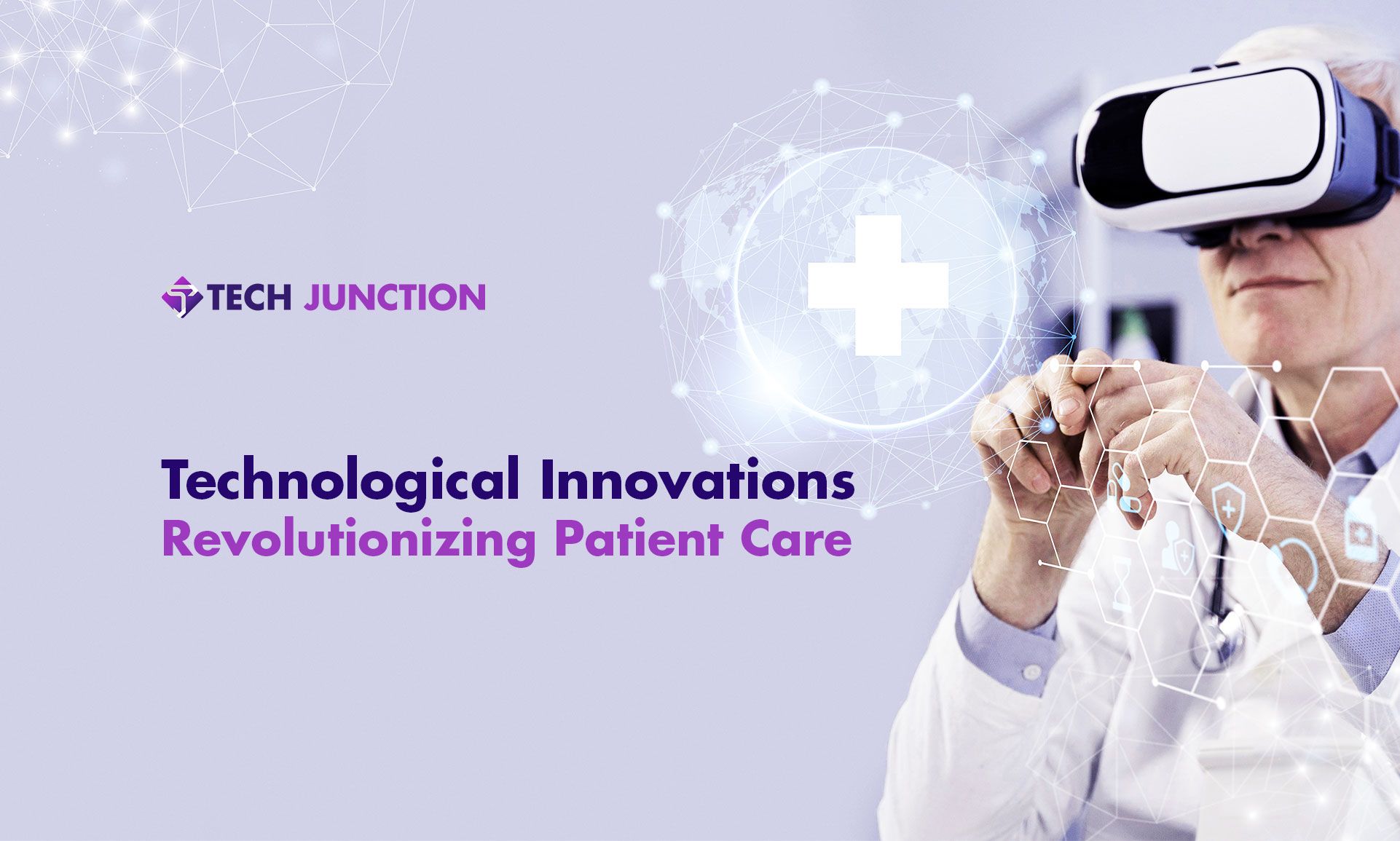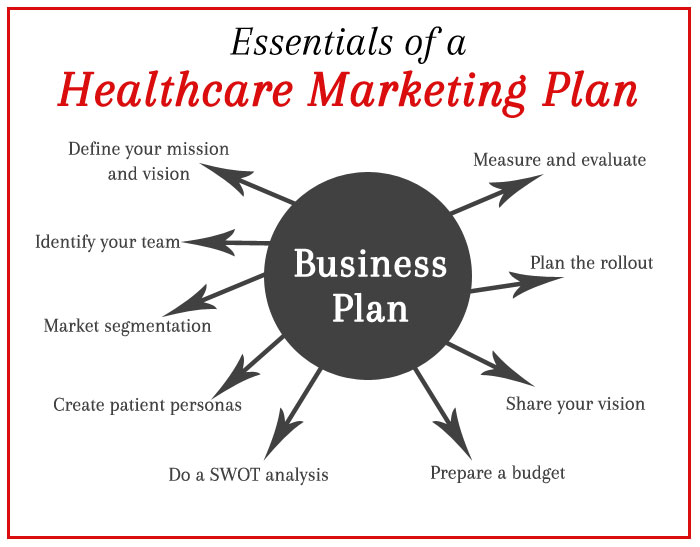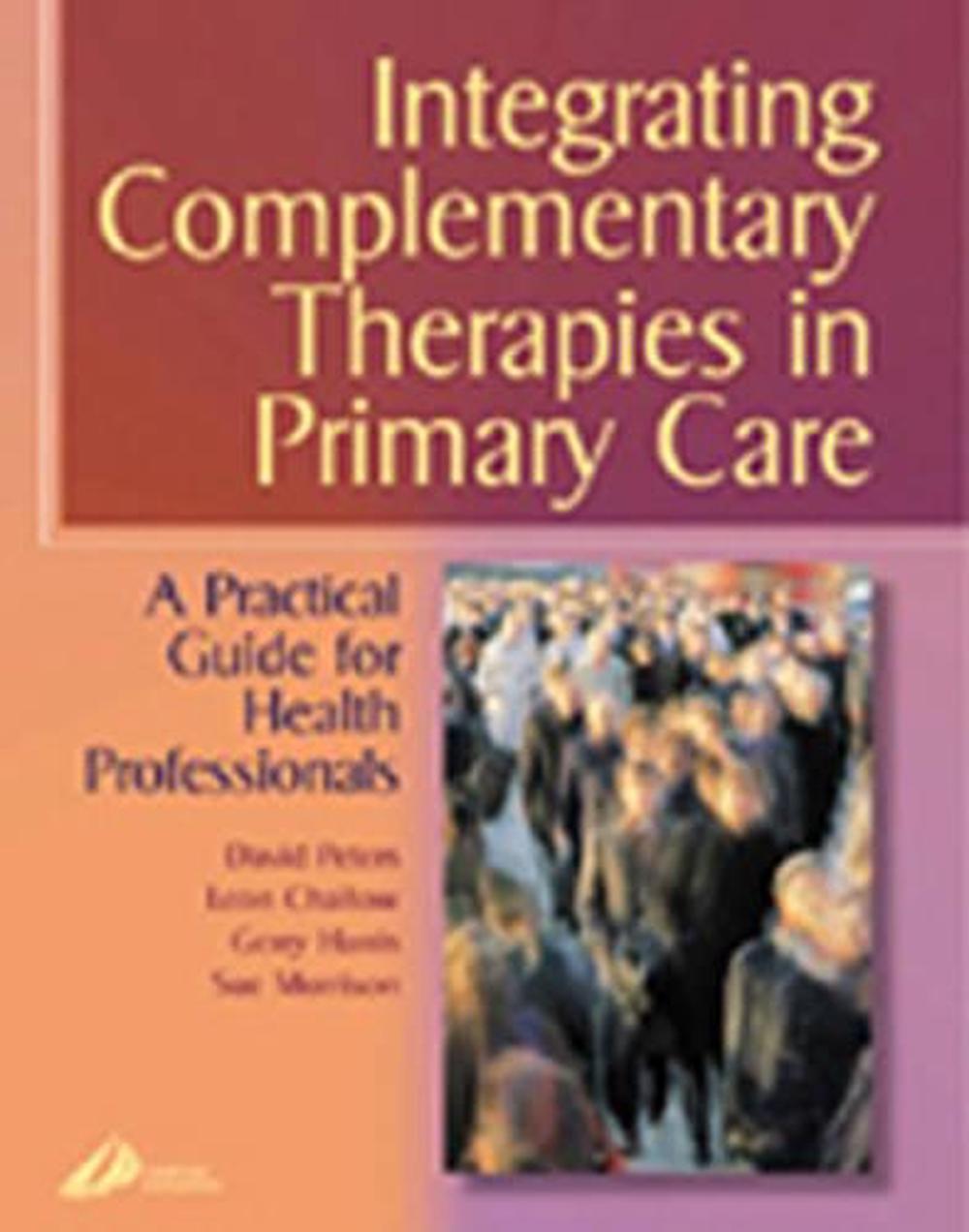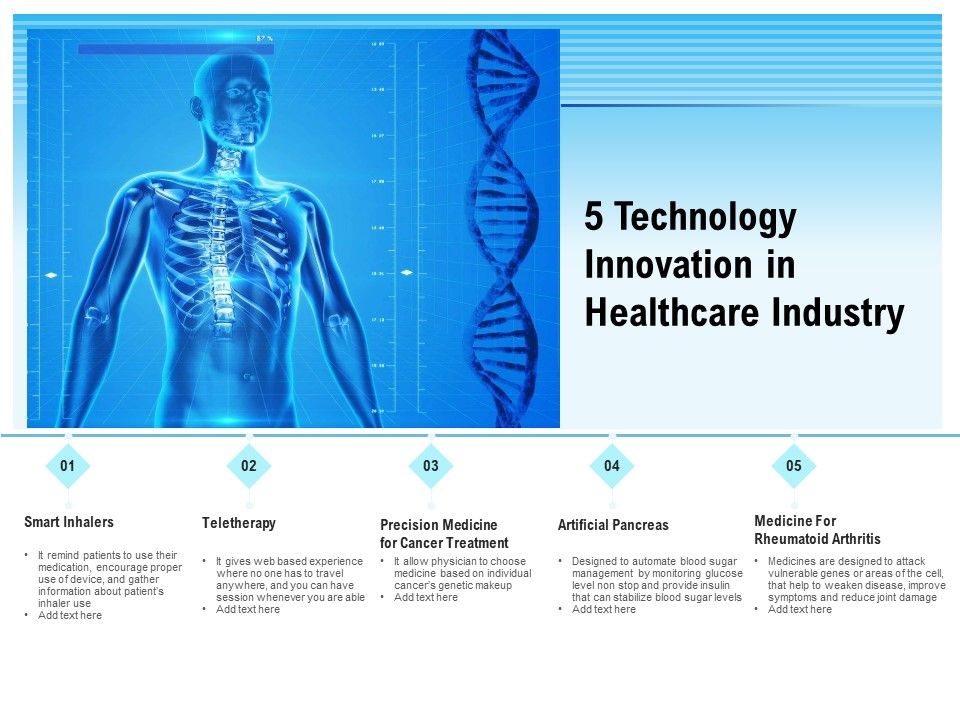Transforming Patient Care through Technology
The healthcare industry is on the cusp of a revolution, driven by the integration of innovative technologies that are transforming patient care. Telemedicine, artificial intelligence, and data analytics are just a few examples of the cutting-edge strategies being employed to improve patient outcomes and streamline clinical workflows. By leveraging these technologies, healthcare providers can enhance the patient experience, reduce costs, and improve overall quality of care.
Telemedicine, for instance, is enabling patients to access medical care remotely, reducing the need for hospital visits and improving health outcomes. Artificial intelligence is being used to analyze medical data, identify patterns, and provide personalized treatment recommendations. Data analytics is helping healthcare providers to identify high-risk patients, predict disease progression, and develop targeted interventions.
Moreover, the use of wearable devices, mobile apps, and electronic health records (EHRs) is facilitating the collection and analysis of patient data, enabling healthcare providers to make more informed decisions. The integration of these technologies is also enabling the development of personalized medicine approaches, tailored to individual patients’ needs and preferences.
As the healthcare industry continues to evolve, it is essential for healthcare providers to stay ahead of the curve, embracing innovative ideas for healthcare business that prioritize patient-centered care, efficiency, and effectiveness. By doing so, they can improve patient outcomes, reduce costs, and establish themselves as leaders in the industry.
How to Develop a Personalized Medicine Approach
Personalized medicine is a revolutionary concept that is transforming the healthcare industry. By tailoring medical treatment to an individual’s unique genetic profile, medical history, and lifestyle, healthcare providers can improve patient outcomes, reduce costs, and enhance the overall quality of care. To develop a personalized medicine approach, healthcare providers can leverage innovative ideas for healthcare business, such as genetic testing and precision medicine.
Genetic testing, for instance, can help healthcare providers identify genetic mutations that may be contributing to a patient’s condition. This information can be used to develop targeted treatment plans that are tailored to the individual’s specific needs. Precision medicine, on the other hand, involves using advanced technologies, such as genomics and epigenomics, to develop personalized treatment plans.
To develop a personalized medicine approach, healthcare providers can follow these steps:
1. Collect and analyze patient data, including genetic information, medical history, and lifestyle factors.
2. Use advanced technologies, such as genomics and epigenomics, to develop personalized treatment plans.
3. Collaborate with patients to develop treatment plans that are tailored to their unique needs and preferences.
4. Continuously monitor and evaluate patient outcomes to refine and improve treatment plans.
By developing a personalized medicine approach, healthcare providers can improve patient outcomes, reduce costs, and establish themselves as leaders in the industry. This approach is just one example of the innovative ideas for healthcare business that are transforming the industry and improving patient care.
Revamping Healthcare Facilities for Better Patient Experience
The design of healthcare facilities plays a critical role in shaping the patient experience. By incorporating innovative design elements, healthcare providers can create environments that prioritize patient comfort, safety, and satisfaction. This, in turn, can lead to improved health outcomes, increased patient loyalty, and enhanced reputation for the healthcare organization.
One of the key design elements that can enhance the patient experience is natural light. Studies have shown that exposure to natural light can reduce stress, improve mood, and even reduce pain levels. By incorporating large windows, skylights, and solar tubes, healthcare facilities can bring natural light into patient rooms, corridors, and common areas.
Another innovative design element is art therapy. Art therapy has been shown to have a positive impact on patient outcomes, reducing anxiety and stress levels, and even improving cognitive function. By incorporating art installations, murals, and other creative elements, healthcare facilities can create a more welcoming and calming environment for patients.
Wayfinding systems are also an essential design element in healthcare facilities. By providing clear and intuitive signage, healthcare providers can help patients navigate the facility more easily, reducing stress and anxiety levels. Digital wayfinding systems, which use interactive screens and mobile apps, can also provide patients with real-time information and directions.
By incorporating these innovative design elements, healthcare providers can create facilities that prioritize patient comfort, safety, and satisfaction. This, in turn, can lead to improved health outcomes, increased patient loyalty, and enhanced reputation for the healthcare organization. By embracing innovative ideas for healthcare business, healthcare providers can stay ahead of the curve and provide the best possible care for their patients.
Leveraging Data Analytics to Improve Population Health
Data analytics is playing an increasingly important role in improving population health. By leveraging advanced analytics techniques, such as predictive analytics, risk stratification, and care coordination, healthcare providers can identify high-risk patients, predict disease progression, and develop targeted interventions.
Predictive analytics, for instance, can help healthcare providers identify patients who are at high risk of developing chronic diseases, such as diabetes or heart disease. By analyzing large datasets, including electronic health records, claims data, and social determinants of health, predictive analytics can identify patterns and trends that may not be apparent through traditional analysis.
Risk stratification is another key application of data analytics in population health. By segmenting patients into different risk categories, healthcare providers can develop targeted interventions that address the specific needs of each group. For example, patients who are at high risk of hospitalization may require more intensive care coordination and disease management.
Care coordination is also a critical component of population health management. By analyzing data on patient interactions, including hospitalizations, emergency department visits, and outpatient encounters, healthcare providers can identify opportunities to improve care coordination and reduce fragmentation.
Examples of successful data-driven initiatives include the use of predictive analytics to identify patients at high risk of hospitalization, and the development of care coordination programs that leverage data analytics to improve patient outcomes. By embracing innovative ideas for healthcare business, healthcare providers can harness the power of data analytics to improve population health and reduce healthcare costs.
Some notable examples of data-driven initiatives include the use of predictive analytics by the Centers for Medicare and Medicaid Services (CMS) to identify patients at high risk of hospitalization, and the development of care coordination programs by the Veterans Health Administration (VHA) to improve patient outcomes and reduce healthcare costs.
Integrating Alternative Therapies into Mainstream Healthcare
Alternative therapies, such as acupuncture, mindfulness, and nutrition counseling, are becoming increasingly popular in mainstream healthcare. These therapies offer a range of benefits for patients, including reduced stress, improved mood, and enhanced overall well-being.
Acupuncture, for example, has been shown to be effective in reducing chronic pain, improving sleep quality, and enhancing cognitive function. Mindfulness-based therapies, such as meditation and yoga, have been shown to reduce stress and anxiety, improve mood, and enhance emotional well-being.
Nutrition counseling is another alternative therapy that is gaining popularity in mainstream healthcare. By providing patients with personalized nutrition plans, healthcare providers can help patients manage chronic diseases, such as diabetes and heart disease, and improve overall health and well-being.
To integrate alternative therapies into mainstream healthcare, healthcare providers can take several steps. First, they can educate themselves about the benefits and risks of alternative therapies. Second, they can develop policies and procedures for incorporating alternative therapies into patient care. Third, they can establish partnerships with alternative therapy providers, such as acupuncturists and nutritionists.
By embracing innovative ideas for healthcare business, healthcare providers can offer patients a range of alternative therapies that enhance their overall health and well-being. This can lead to improved patient outcomes, increased patient satisfaction, and enhanced reputation for the healthcare organization.
Examples of successful integrations of alternative therapies into mainstream healthcare include the use of acupuncture in pain management, the use of mindfulness-based therapies in mental health treatment, and the use of nutrition counseling in chronic disease management.
Creating a Culture of Innovation in Healthcare Organizations
Fostering a culture of innovation within healthcare organizations is crucial for driving business success and improving patient outcomes. By encouraging experimentation, calculated risk-taking, and continuous learning, healthcare organizations can stay ahead of the curve and adapt to the rapidly changing healthcare landscape.
One key strategy for creating a culture of innovation is to empower employees to think creatively and develop new ideas. This can be achieved by providing training and resources, such as innovation workshops and ideation sessions, and by recognizing and rewarding employees who come up with innovative solutions.
Another important aspect of creating a culture of innovation is to encourage collaboration and knowledge-sharing across different departments and teams. By bringing together clinicians, administrators, and other stakeholders, healthcare organizations can leverage diverse perspectives and expertise to develop innovative solutions.
Healthcare organizations can also foster a culture of innovation by embracing a mindset of continuous learning and improvement. This can be achieved by encouraging employees to attend conferences and workshops, participate in online forums and discussion groups, and engage in other forms of professional development.
By creating a culture of innovation, healthcare organizations can drive business success and improve patient outcomes. This can be achieved by embracing innovative ideas for healthcare business, such as telemedicine, artificial intelligence, and precision medicine, and by leveraging data analytics and other digital technologies to inform decision-making.
Examples of healthcare organizations that have successfully created a culture of innovation include those that have established innovation centers or incubators, partnered with startups and entrepreneurs, and developed innovative products and services that improve patient outcomes and reduce costs.
Partnering with Startups to Drive Healthcare Innovation
Partnering with startups is a key strategy for driving healthcare innovation and improving patient outcomes. By collaborating with startups, healthcare organizations can gain access to new technologies, talent, and funding, which can help to accelerate the development and implementation of innovative solutions.
One of the main benefits of partnering with startups is the ability to leverage their expertise and resources to develop new technologies and solutions. Startups are often at the forefront of innovation, and they have the agility and flexibility to quickly develop and test new ideas. By partnering with startups, healthcare organizations can tap into this expertise and bring new solutions to market more quickly.
Another benefit of partnering with startups is the ability to access new funding sources. Startups often have access to venture capital and other funding sources that can help to support the development and implementation of innovative solutions. By partnering with startups, healthcare organizations can gain access to these funding sources and accelerate the development of new solutions.
Examples of successful partnerships between healthcare organizations and startups include the development of new digital health platforms, the creation of innovative medical devices, and the implementation of new data analytics solutions. These partnerships have helped to improve patient outcomes, reduce costs, and enhance the overall quality of care.
By partnering with startups, healthcare organizations can drive healthcare innovation and improve patient outcomes. This can be achieved by embracing innovative ideas for healthcare business, such as telemedicine, artificial intelligence, and precision medicine, and by leveraging the expertise and resources of startups to develop and implement new solutions.
Healthcare organizations can also partner with startups to develop new business models and revenue streams. For example, they can partner with startups to develop new subscription-based services or to create new revenue streams through data analytics and precision medicine.
Measuring the Success of Innovative Healthcare Initiatives
Evaluating the effectiveness of innovative healthcare initiatives is crucial to ensuring that they are meeting their intended goals and providing value to patients and healthcare organizations. By using metrics such as patient outcomes, cost savings, and return on investment, healthcare organizations can assess the success of their innovative initiatives and make data-driven decisions about future investments.
One key metric for evaluating the success of innovative healthcare initiatives is patient outcomes. By tracking metrics such as readmission rates, complication rates, and patient satisfaction, healthcare organizations can assess the impact of their initiatives on patient care and make adjustments as needed.
Cost savings is another important metric for evaluating the success of innovative healthcare initiatives. By tracking metrics such as cost per patient, cost per procedure, and return on investment, healthcare organizations can assess the financial impact of their initiatives and make informed decisions about future investments.
Return on investment (ROI) is also a critical metric for evaluating the success of innovative healthcare initiatives. By tracking metrics such as revenue growth, cost savings, and patient outcomes, healthcare organizations can assess the overall value of their initiatives and make data-driven decisions about future investments.
Examples of successful metrics for evaluating the success of innovative healthcare initiatives include the use of patient-reported outcomes, cost-benefit analysis, and return on investment (ROI) analysis. By using these metrics, healthcare organizations can ensure that their innovative initiatives are meeting their intended goals and providing value to patients and healthcare organizations.
By embracing innovative ideas for healthcare business, healthcare organizations can drive business success and improve patient outcomes. This can be achieved by leveraging data analytics, precision medicine, and other digital technologies to inform decision-making and drive innovation.






